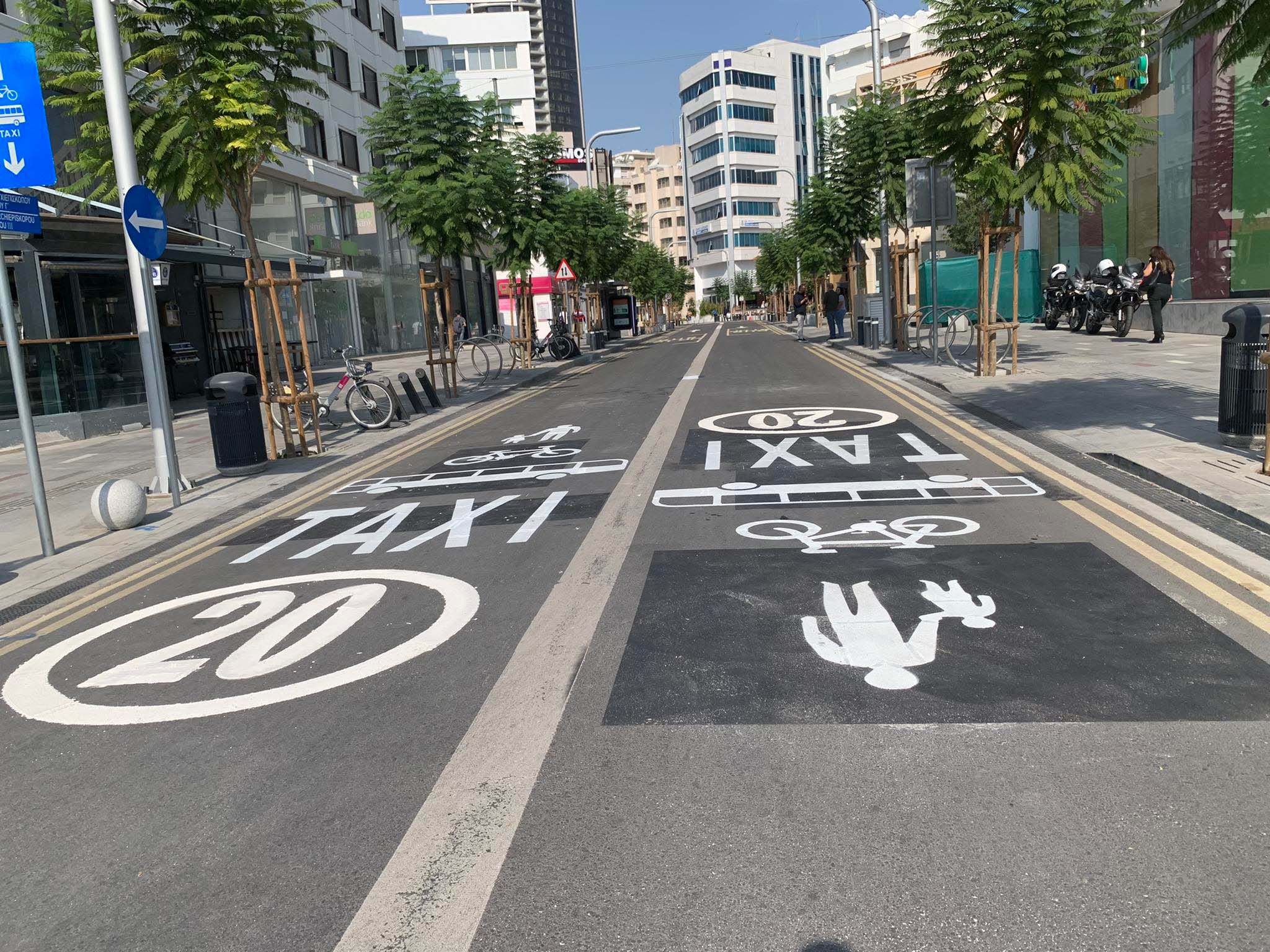Stand on any street in any sunny suburb and count the panels. Zoom out and the number becomes hard to ignore: more than 30 million households already produce clean energy on their roofs. Together, they generate a multi-billion-dollar river of kilowatt-hours. And yet almost none of those families can sell a provable unit of that energy into the markets that actually pay for verifiable clean power. That’s the quiet injustice no one talks about. For years, the rules and rails were built for the giants: utility-scale parks, consultants, six-month contracts, and PDFs shuffled across boardrooms. Households were told they were “part of the transition,” while being locked out of the very markets their rooftops were powering.
EDMA ($EDM) is the correction. It doesn’t ask the world to change; it connects what already exists. When a connected meter on a home crosses a small threshold—say 10 kWh—EDMA mints a time-stamped, on-chain receipt of clean energy. That receipt is the difference between claim and proof. Inside EDMA, proof converts into value buyers already recognise—renewable certificates and verified clean-energy purchases where regulations allow—and every conversion settles in $EDM. No $EDM, no conversion. That is the fulcrum.
Scale you can count, scarcity you can feel
Put the scale next to that fulcrum and the picture snaps into focus. Tokenised under EDMA’s model, the household long tail opens a pathway to an estimated $45 billion per year across clean-energy tokens, renewable energy certificates and carbon markets. Meanwhile, the voluntary carbon market is on track toward $50 billion by 2030, yet auditors and regulators still point to a 30%+ shortfall in verifiable renewable supply. The demand is there. The problem is proof. EDMA doesn’t decorate spreadsheets; it mints receipts from meters—and makes them liquid.
Now consider what that means under those roofs. A typical 10 kWp home system in a sunny region can mint a steady stream of receipts without changing daily life. One household doesn’t move a market. Millions do. That is the already-existing community most projects are still trying to invent. They don’t need another promise; they need a rail—and a settlement token—that lets them sell the moment the meter ticks. This is why ownership of $EDM matters in a way most tokens never will. $EDM is the settlement key. If a receipt can’t be converted without $EDM, then the token isn’t just a ticker—it’s the lane every transaction must drive down. As more households connect, more receipts mint; as more receipts mint, more $EDM is required to move value. EDMA’s design compounds that reality: the token supply is hard-capped (500 million), engineered to tighten toward a 100 million target, and each conversion removes a slice of $EDM from circulation while rewarding stakers. Utility becomes usage; usage becomes scarcity. If you think you’re early, imagine the day 30 million households are competing to hold 100 million $EDM—because without it, they won’t be able to sell their green-energy tokens.
Why the window matters now
Credibility matters as much as vision. EDMA’s stack was built like infrastructure—for auditability, uptime and throughput—not for a one-week marketing moment. The complete smart-contract suite has been independently audited with zero critical vulnerabilities, and the broader platform was engineered by a senior team used to shipping production systems at scale. This is plumbing you can rely on, which is precisely what buyers who answer to auditors require. The market is already responding. With no billboard spend, EDMA’s presale counts thousands of holders and seven-figure commitments. People don’t need forty slides; they need one sentence that makes sense: sun → meter → receipt → market — and $EDM settles the trade. When the logic is short enough to remember, adoption follows.
The timing, frankly, is why this is still a steal. $EDM is $0.10 today, scheduled to step to $0.18 at the next stage and targeting $0.50 on listing. There are no VC allocations sitting above early buyers; by design, the upside is reserved for the network that makes the system real. If you’ve watched genuine platforms grow, you know the rhythm: slowly, then suddenly. A few thousand receipts become tens of thousands; compliance buyers learn the easy path; settlement demand outruns the spreadsheets that tried to model it. Run the next year forward in your head. In one city after another, meters tick past another ten kilowatt-hours. A thousand tiny blinks become a million lines of truth on a ledger the market trusts. Families earn. Buyers settle what they can defend. The grid doesn’t just get greener—it becomes owned, in fractions, by the people who live under it.
That’s the story. Not a new “ride,” but the rail every clean-energy ride will need. Not another token looking for a use case, but a use case pulling a token through it. If you believe households deserve a direct line to the value they create—and if you understand what it means when proof becomes liquid—then the only real question is timing. The window is open at $0.10. The next tier isn’t theoretical; it’s scheduled. If you want to own the rail—and the settlement key that makes it work—you don’t wait for someone else to connect the roofs.
Presale live at edma.app.
DISCLAIMER – “Views Expressed Disclaimer – The information provided in this content is intended for general informational purposes only and should not be considered financial, investment, legal, tax, or health advice, nor relied upon as a substitute for professional guidance tailored to your personal circumstances. The opinions expressed are solely those of the author and do not necessarily represent the views of any other individual, organization, agency, employer, or company, including NEO CYMED PUBLISHING LIMITED (operating under the name Cyprus-Mail).







Click here to change your cookie preferences